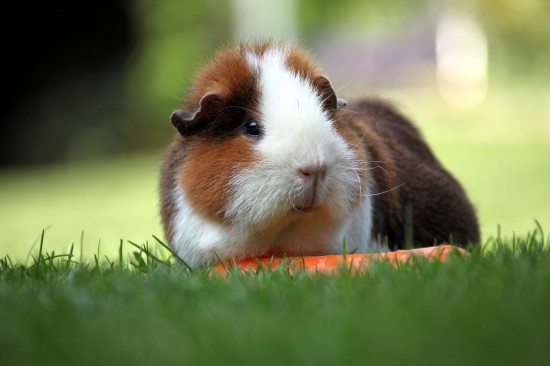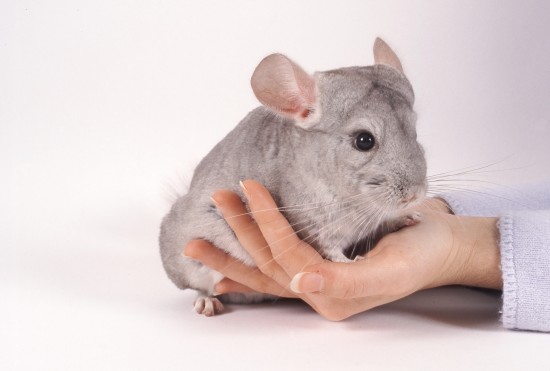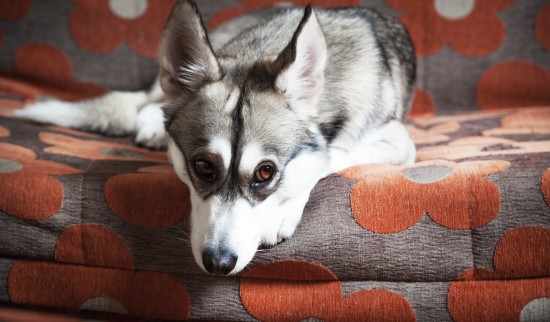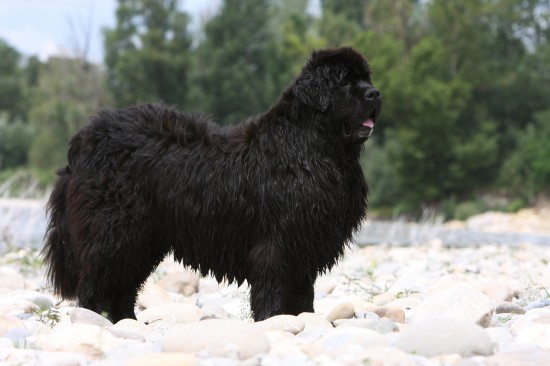
Many of us take great care in choosing the right food, the right treats, and the right toys for our dogs.?However, when it comes to collars, we tend to place the most focus on the appearance.?With such a wide variety of dog collars on the market it can be very confusing as to which one is best for your dog.
There are several things to keep in mind as you look for the right dog collar.?Proper fit is undoubtedly the most important factor in choosing a collar, as it is extremely important that the collar you choose fits your dog appropriately.?As a dog trainer, I have seen many people choose a dog collar that looks good, but does not fit properly.?While the color and pattern you choose is a matter of personal preference, it is important to remember that choosing your dog抯 collar is not only about looks, it is about safety and comfort too.?
It is too often that I see small dogs with collars that are too big or large dogs with collars intended for dogs much smaller.?To ensure the collar you choose fits properly the first thing you want to do is to take two measurements of your dog抯 neck.?The first measurement should be taken at the base of the neck and is used when selecting standard dog collars used for walking.? The second measurement should be taken at the top of the neck, just behind the ears.?This measurement will be helpful when picking out dog training collars.?As soon as these measurements have been obtained, it is time to go shopping and once you find the dog collar you like, place the collar on your dog and adjust it so that two fingers fit between the collar and your dog抯 neck.?This should prevent the collar from pulling over your dog抯 head.?
You now know how to measure your dog for a collar and how to properly adjust the collar to make sure it is comfortable and safe for your dog.?So what about the different types of collars??Knowing what type of collar to choose for your dog is just as important as the fit.?You will first want to determine if the collar is being used for training or walking purposes.?In some cases, you may need more than one collar.?As a dog trainer, I own and use two types of collars: a dog-training collar for training sessions and a flat buckle collar for all other activities.?The guidelines below should help you choose a dog collar that not only works for you, but works for your dog as well.
The most common collar available and the best choice for most dogs are flat buckle dog collars.?I especially recommend this type of collar for puppies.? Flat buckle dog collars can be used as general purpose collars and come in both leather and nylon; either one is a good choice.?They are typically easy to put on and come in a variety of shapes and sizes as well.? They are also available from a number of manufacturers and come in patterns that fit all personalities.?
Leather dog collars are also a popular choice of many dog owners.?Leather collars are stylish and come in a variety of sizes and colors also.?These dog collars not only look good, but are extremely durable as well.?When first purchased, leather collars may be extremely stiff, but as time goes on they soften from the oils in your dogs skin.?If you own a Poodle, Bichon or other dog with curly hair and are concerned about the collar causing the hair to lay flat, a rolled leather collar may be a good choice.?
There are also collars designed specifically to help you teach your dog to walk nicely on a leash.?These types of collars are called head collars.?While head collars are a great training aid and are easy to fit, they have some disadvantages and require additional time and effort on your part.牋 Most people want to teach their dogs to walk nicely, but do not want to put much effort into it.?When using a head collar you must take the time to get your dog used to wearing it because these collars are designed to wrap around your dog抯 neck just behind the ears and across the top of your dog抯 muzzle.?If you are interested in this type of collar for your dog I recommend that you talk with your dog trainer about proper fit and use.
Another type of training collar is the Martingale collar.?This type of collar works well for dogs with very small heads such as sighthounds like Greyhounds and Whippets because these dogs can easily pull out of regular flat buckle collars.?Unlike flat buckle collars, the Martingale collar does not have a buckle and when adjusted properly it simply slips over your dog抯 head.?The Martingale collar design replaces the buckle on the standard flat buckle collar with a loop.?The leash is attached to the loop, which causes the dog collar to decrease in size as your dog pulls.?Once adjusted properly, the rings that attach the loop to the collar touch and cause the collar to gently tighten, but not choke. 燭his prevents your dog from pulling out of the collar.?
As you have read, there are a number of dog training collars on the market today.?We have already discussed two of them: the head collar and the Martingale collar.?Other dog training collars include choke chains and pinch collars.?While I understand that choke chains and pinch collars can work, they can also potentially cause both physical and psychological harm to your dog if used incorrectly.?Thus, choke chains and pinch collars should only be used by experienced trainers.? As a positive reinforcement trainer, I personally do not recommend using choke chains or pinch collars with your dog.牋牋?
Finally, harnesses, while not actually a dog collar, are used for the same purpose as collars, safely walking your dog.? Dog harnesses are designed to wrap around your dogs chest and ribcage, which prevents your dog from choking when he pulls.?They also come in a variety of styles and sizes to fit all dogs.?The best harness on the market today is the front clip dog harness.? This harness works by preventing your dog from using his chest muscles to pull.?I highly recommend the front clip dog harness for those dogs that are difficult to walk.?
Once you have your collar picked out, adjusted, and put on your dog properly, there are some things you want to do to help keep your dog healthy and safe.?Collars should always be checked periodically to make sure they continue to fit your dog properly.?You also want to look for any hair loss or redness under the collar.? This could indicate an improper fit.? If you crate your dog when you leave or at night while you are sleeping, remove the collar to prevent it from getting caught in the crate.?By following these simple guidelines in picking out a collar for your dog you can keep your dog safe during walks and ensure that training sessions will remain positive and productive. Guinea Pigs Do Better When Kept As Outdoor Pets
Guinea Pigs Do Be
Guinea Pigs Do Better When Kept As Outdoor Pets
Guinea Pigs Do Be
 Looking After Pet Chinchillas
Looking After Pet
Looking After Pet Chinchillas
Looking After Pet
 Why Do Dogs Rub Their Faces On The Carpet Or Furniture?
Why Do Dogs Rub T
Why Do Dogs Rub Their Faces On The Carpet Or Furniture?
Why Do Dogs Rub T
 Looking After Rabbits - Quick Facts
Looking After Rab
Looking After Rabbits - Quick Facts
Looking After Rab
 Newfoundland Dog Hereditary Health And Health Testing
Newfoundland Dog
Newfoundland Dog Hereditary Health And Health Testing
Newfoundland Dog
Copyright © 2005-2016 Pet Information All Rights Reserved
Contact us: www162date@outlook.com